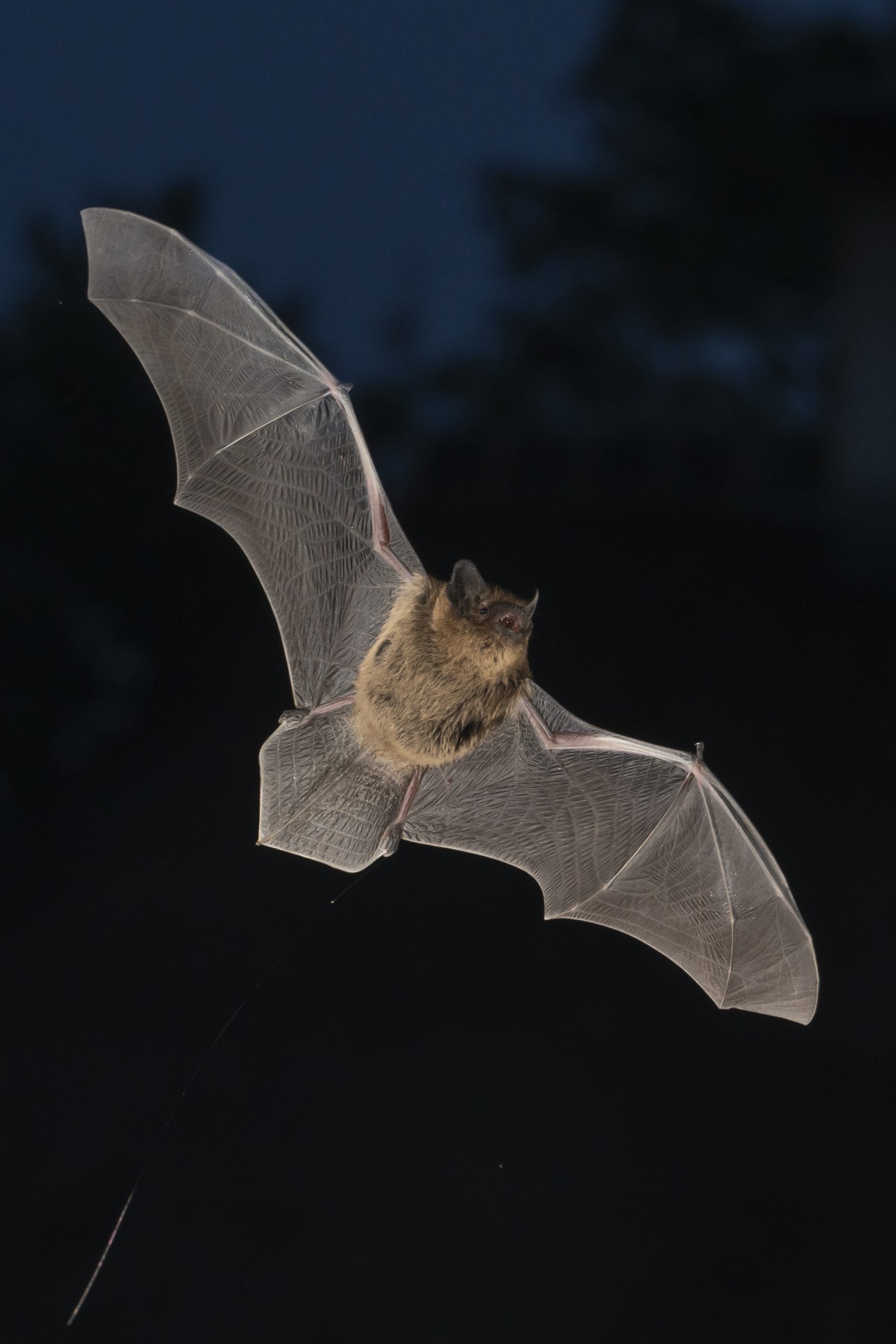For the Province of Utrecht, we have written the Guide to Working with a Species Management Plan (SMP). This was done in collaboration with Web of Life Consultancy and with the cooperation of WesselinkvanZijst and the Biodiversity in City and Village project team of the Province of Utrecht.
What was the problem?
In the spatial domain, many challenges come together: the construction of new homes, the sustainability of the housing stock, and the protection of vulnerable biodiversity. Protected species, such as bats, swifts and house sparrows, use buildings as habitats.

How did we approach this?
Within this project, we organized a learning trajectory and developed a guide to help municipalities work with an SMP. The learning trajectory involved organizing several knowledge sessions for the SMP coordinators of municipalities in Utrecht. We created two groups: one for the frontrunners (municipalities that already have (or almost have) an SMP) and one for the followers (municipalities still in the pre-SMP phase). After gathering their needs, we tailored the knowledge sessions, drawing from our own experience and expertise for the content, while also bringing in specific expertise when necessary. Additionally, the knowledge sessions provided a fertile ground for knowledge exchange and marked the beginning of a network of pioneering SMP coordinators.
With the lessons learned from the knowledge sessions in hand, we then developed the “Guide to Working with an SMP” for municipalities. This guide outlines, among other things, what it entails to work with an SMP in a targeted way and the role the SMP coordinator must play in this. Other topics covered include the benefits and costs of working with an SMP, the job description of the SMP coordinator, lessons learned from practice, and the tools the SMP coordinator can use. The visually appealing design ensures that the guide is easy to read. In this way, the knowledge is secured for the SMP coordinators.
Results
At the launch of the guide, it became clear that SMP coordinators from municipalities were pleased with the guide and had positive feedback about the knowledge sessions. Municipalities have been supported in terms of biodiversity protection and the progress of the energy transition. The table below divides the activities related to an SMP. These activities are further explained in the guide.




